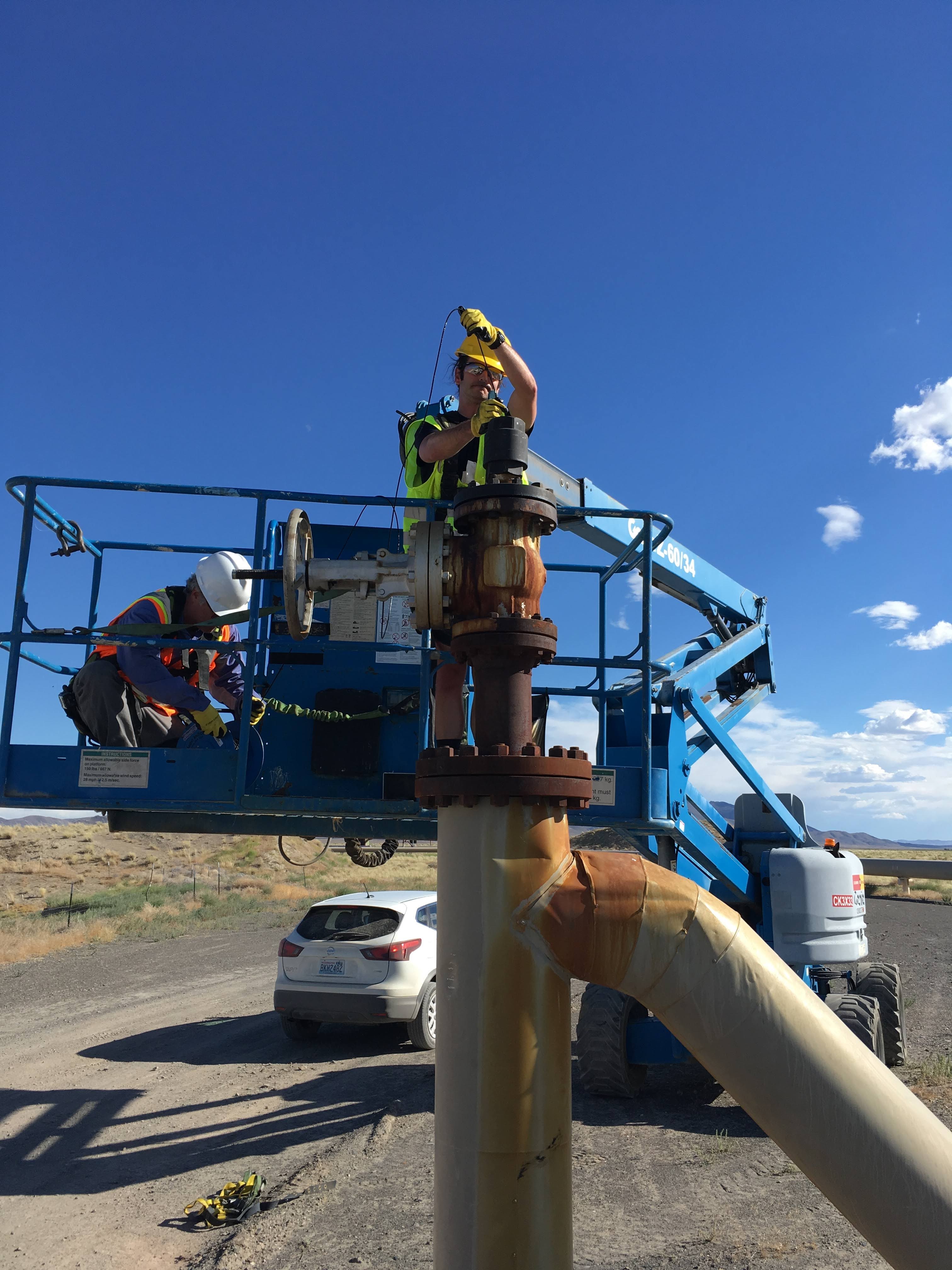Making the earth move

Modern methods of extracting fossil fuel from the ground also bring up vast amounts of highly contaminated water. The safest way to dispose of that toxic wastewater is to pump it back underground, but that can disturb faults and trigger earthquakes. “People make earthquakes by shoving water into the ground or by pulling water out,” said professor of Earth and planetary sciences and induced seismology expert Emily Brodsky, who has made it her mission to understand this phenomenon.
To more closely investigate how wastewater injection triggers earthquakes, Brodsky and then researcher and lecturer Thomas Goebel (now an assistant professor at the University of Memphis) analyzed data from 18 drill sites around the world. Their findings, published in the prestigious journal Science (August 2018), overturned conventional wisdom about the safest place to inject wastewater. Oil companies typically avoid injecting into deeper, harder basement rock that contains most seismic faults, opting instead for shallower, softer sedimentary rock. Brodsky and Goebel’s evaluation of injection depths and affected rock types revealed that the sedimentary strategy triggered more earthquakes and ones of higher magnitude. “Sedimentary injections are more dangerous than basement injections, the opposite of what everyone thought,” Brodsky said.
Sedimentary injections can transmit pressure up to 10 kilometers away, increasing the chances of disturbing faults. Oil companies are better off injecting into basement rock, especially if they can pinpoint areas free of major faults, Brodsky said.

